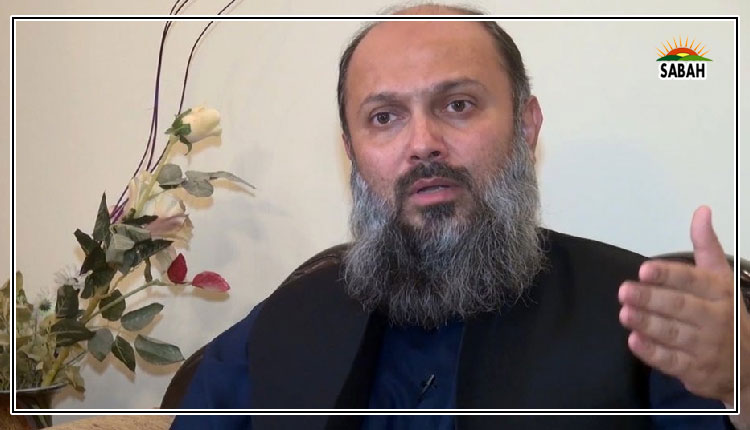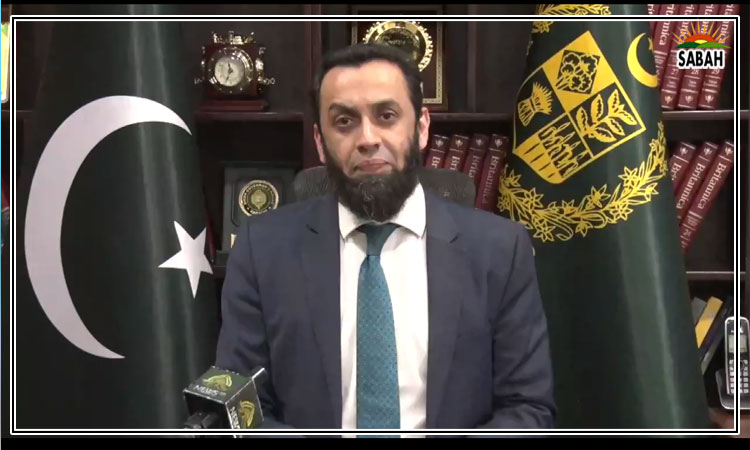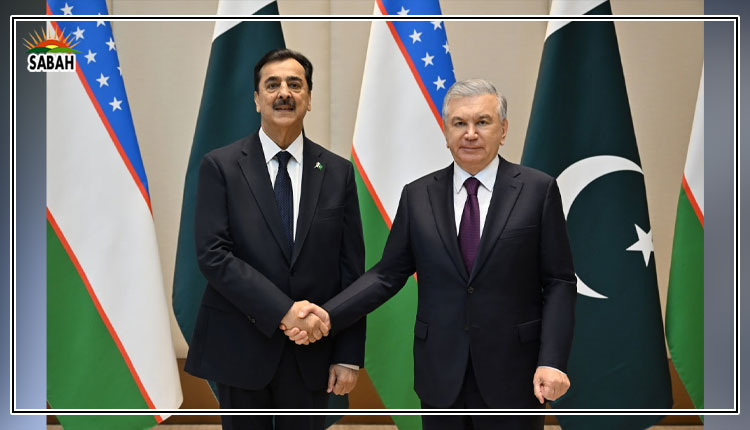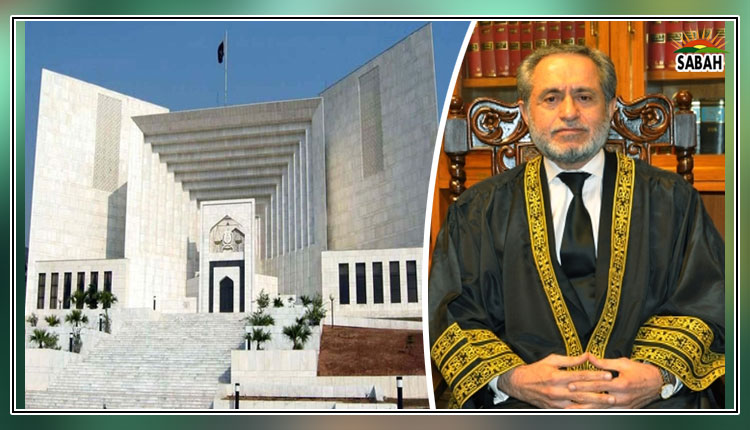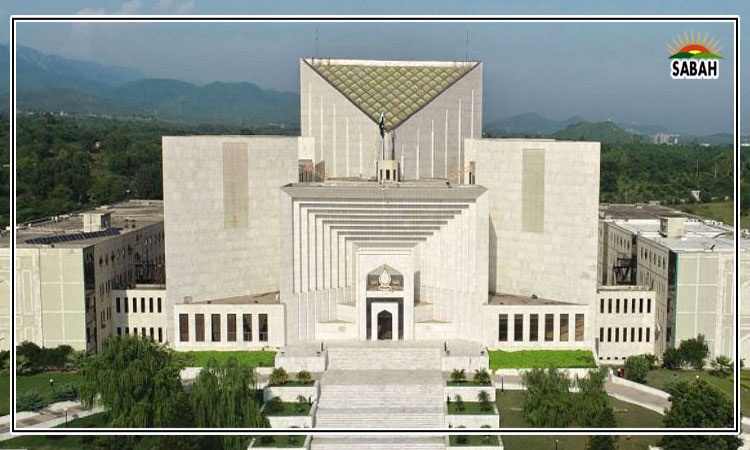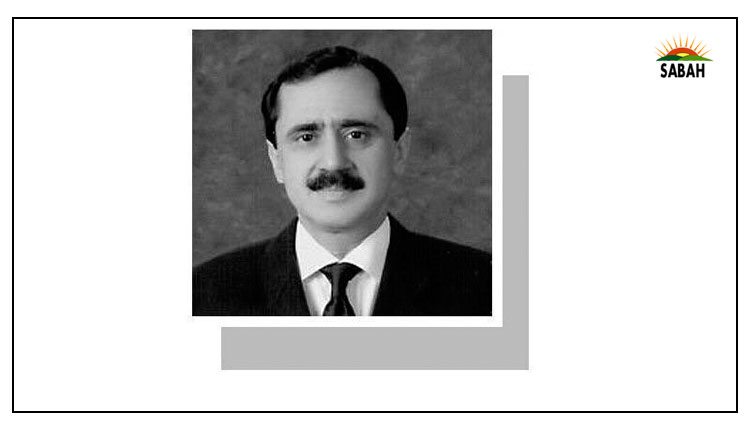A judicial renaissance?…Shahab Usto
PAKISTAN stands at a critical juncture. Faced with several grave economic, political, security and environmental challenges, all-embracing and sustainable solutions are needed to cure systemic maladies.
The judiciary that plays a vital role in embattled societies by rendering justice and resolving conflicts among political stakeholders in particular needs more introspection, gravitas and reformation to become more transparent, accountable, and credible, and, hence, gain universal respect.
Just as the old debt-driven economic model desperately needs a new sustainable order, the judiciary, too, has reached a point where old ways should no longer be employed to meet new challenges. It must enhance collegiality, clarity and consistency if it has to render justice, protect fundamental rights and enforce contracts.
Thankfully, we saw a rather different and promising Supreme Court during the recent suo motu proceedings that were held to decide the fate and timeframe of the elections in Punjab and KP. Paradoxically, while the proceedings exposed the three primordial judicial maladies interpretive dissonance, institutional overreach and internal disharmony the court also saw a new conversation starting among the brother judges. Lets see how.
Interpretive dissonance: Historically, supreme courts (being not bound by the doctrine of precedent) have reinterpreted even a settled law if it is flawed. This type of incoherence is healthy, rather essential, for jurisprudential correction. But a legal system suffers from debilitating dissonance if there is an interpretation that goes beyond or against the legislative intent (whether mistakenly or otherwise).
Our judicial history has been blighted by the latter version of construction since 1955, when the apex court first upheld the executives illegal actions in the Maulvi Tameezuddin case, setting a poor precedent which continues to mar our jurisprudence.
In this backdrop, it was heartening to see the suo motu exercise of the Supreme Courts original jurisdiction under Article 184(3) of the Constitution being stiffly questioned by some fellow members of the initial nine-member bench, inter alia, on the grounds that it conflicted with the principles settled by the court in earlier cases. True, in the end the court was divided and the majority had its way. But the mark had been made.
Institutional overreach: Usually, the court is decried when it acts beyond its mandate. This time, the fellow judges themselves questioned the Supreme Courts judicial overstepping, mainly on three grounds: legal, structural and political.
Legally, because the same matter having been decided by a single-member bench of the Lahore High Court, was still pending before an appellate bench of that court. Structurally, because it endangered the multi-tiered judicial edifice which, in a federal setting, was carefully built to render territorial sanctity to the provincial high courts. And politically, because it interfered with the provincial autonomy and the independence of the apex provincial constitutional court.
The objection was well grounded. The excessive use of the original jurisdiction, suo motu or otherwise, has virtually turned the institution into a court of first instance rather than of the last resort. Even criminal matters requiring evidence have been heard under this extraordinary jurisdiction, the Panama case being a recent example.
Institutional disharmony: Our judiciary is not unaccustomed to fracas. But the surreal spectacle of disharmony that unfolded during the suo motu proceedings was rare in breadth and optics. However, this time the differences were not personal, but rooted in underlying ethical, legal and constitutional dynamics.
Just look at the trail of events leading up to the break-up and restructuring of the benches. The two members of the nine-member bench Justices Naqvi and Ahsan recused themselves on the ground of judicial propriety.
Likewise, two other members Justices Afridi and Minallah were excluded, presumably because they questioned the very legality, object and scope of the suo motu proceedings. And though a potentially explosive matter was decided by a truncated five-member bench on a 3-2 majority, the two minority members Justices Shah and Mandokhail too joined the excluded judges by challenging the gamut of suo motu proceedings, citing various legal and constitutional grounds. It is, perhaps, no wonder that the resulting disharmony and confusion led the political detractors of the majority view to read the split decision as a 4-3 verdict, claiming victory for themselves.
True, the majority view will prevail and elections may also be held. But the controversies attached to the suo motu proceedings and the resulting split judgement will take years to live down. Given the worsening sociopolitical conditions, the judges are likely to face more challenging issues, requiring both intellectual diversity and collegial resilience.
Therefore, the Supreme Court must jealously guard its image and institutional harmony. Judicial dissent is part of the constitutional law. Article 145 of the Indian constitution protects the judges right to dissent. Likewise, the apex courts rule and the inbuilt constitutional mechanism also ensure the freedom of expression of our judges. What is needed is a rule-based or structured regime to regulate the composition of the benches, among other issues.
Lets not forget that American jurisprudence would not have flourished in the 20th century had it not been guided by the three great dissenters justices Louis Brandeis, Oliver Wendell Holmes, and Benjamin Nathan Cardozo. Likewise, the minority opinions of the pioneering dissenters Justices Fazl Ali and A.R. Cornelius in the A.K. Gopal case and Maulvi Tamizuddin Khan, respectively, are not only recognised as the true law but are referred to as the starting point of constitutional struggles in India and Pakistan.
So, lets not smother dissent because, as the jurist Charles Evans Hughes famously said, A dissent in a court of last resort is an appeal to the brooding spirit of law, to the intelligence of a future day.
Will the recent stirring of the brooding spirit of the law result in a judicial renaissance? Only the time will tell. What is certain is that a conversation has begun in earnest to set the house in order a house that hosts not just the deity of justice but also the countless hopes, rights and liberties of the citizens, if not the very existence of this republic.
Courtesy Dawn



